Expose the truth about Fukushima nuclear wastewater! Experts from various countries say that the device | nuclide | Fukushima
On March 11, 2011, an earthquake measuring 9.0 on the Richter scale struck northeastern Japan. The huge tsunami caused by the strong earthquake flooded the Fukushima Daiichi Nuclear Power Plant, causing power outages and cooling systems to be paralyzed. Units 1, 3, and 4, and three nuclear reactors successively melted down. To cool the reactor, seawater was officially injected into the atomic furnace on March 12. The resulting nuclear contaminated water has accumulated as much as 1.3 million tons so far, and it continues to increase every day.
On June 12, 2023, Tokyo Electric Power Company, the operator of the Fukushima Daiichi nuclear power plant, began trial operation of equipment related to the discharge of nuclear contaminated water into the sea. How to deal with the polluted water caused by the Fukushima Daiichi nuclear power plant accident has always been the focus of the international community. On April 13, 2021, the Japanese government officially announced plans to discharge nuclear contaminated water from the Fukushima Daiichi nuclear power plant into the ocean.
On July 4, 2023, the Director General of the International Atomic Energy Agency, Grossi, held a press conference in Japan and announced the conclusions of his review of the Fukushima nuclear contaminated water discharge project. The report believes that Japan will treat water discharge in Fukushima. The plan meets international safety standards. On July 7, the Japan Atomic Energy Regulatory Commission issued the acceptance certificate for the nuclear contaminated water discharge facilities of the Fukushima Daiichi Nuclear Power Plant to Tokyo Electric Power Company on the same day.
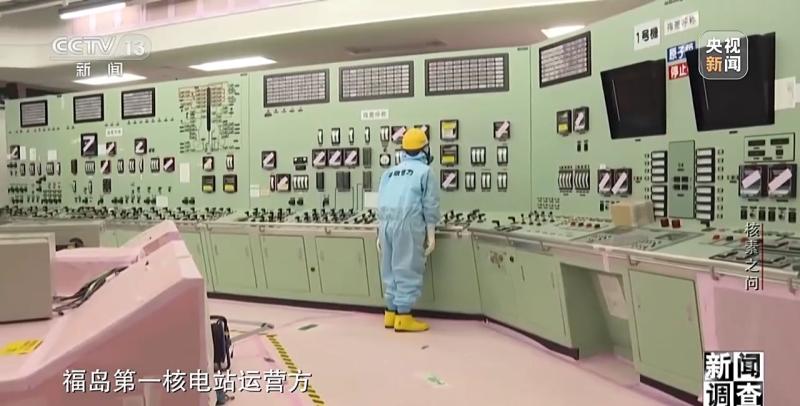
What nuclides are contaminated in the water in the reactor? How harmful will it be to humans and marine life? Can the nuclear material in the contaminated water be completely removed?
In order to find out, we visited several relevant experts, university professors and media personages, and representatives of Japan's Atomic Power Regulatory Commission also accepted our interview.
Yuzhang Kobayashi, 73 years old, was a teaching assistant at the Nuclear Reactor Laboratory of Kyoto University in Japan before retiring.
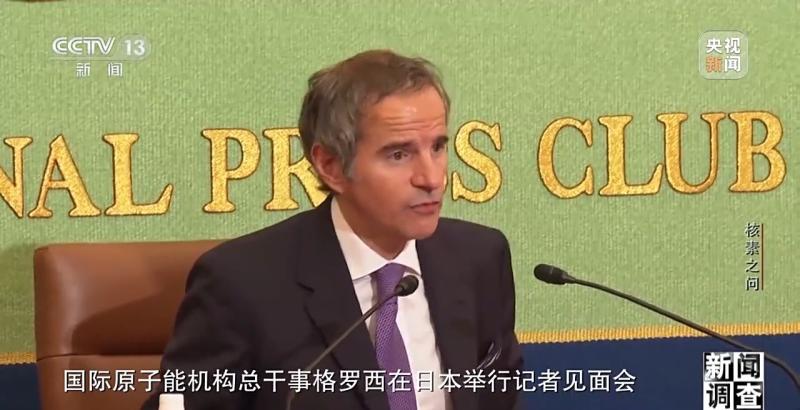
Xiaokuyuzhang: The nuclear fission products produced in normally operating nuclear power plants, which are called "death ashes" in Japanese, are enclosed inside fuel rods or fuel plates, and only a small part of them enter the water. But in the Fukushima nuclear accident, all the radioactive material that should have been enclosed in the fuel rods was exposed. The fuel rods themselves had melted, and the resulting radioactive material kept seeping into the water, creating contaminated water.
Amano, a researcher at the National Atomic Power Research and Development Agency of Japan, is a well-known expert in environmental radioactivity.

Amano: In general nuclear power plants, the wastewater discharged mainly contains tritium, but the nuclear fuel melted down after the Fukushima Daiichi nuclear power plant accident, resulting in nuclear fuel residue. Fuel residue contains more than 1000 kinds of nuclides, groundwater and rainwater contact with these thousands of nuclides before the formation of nuclear contaminated water, which is fundamentally different from the general nuclear power plant wastewater.
Sean Burney is a veteran nuclear environmental expert in the UK. Since the mid-1990s, he has worked in Fukushima and other places for nearly 30 years to monitor the environmental safety indicators of major nuclear power plants in Japan. After the Fukushima nuclear accident, he visited the Fukushima disaster area many times and continued to pay attention to the aftermath of the nuclear accident.
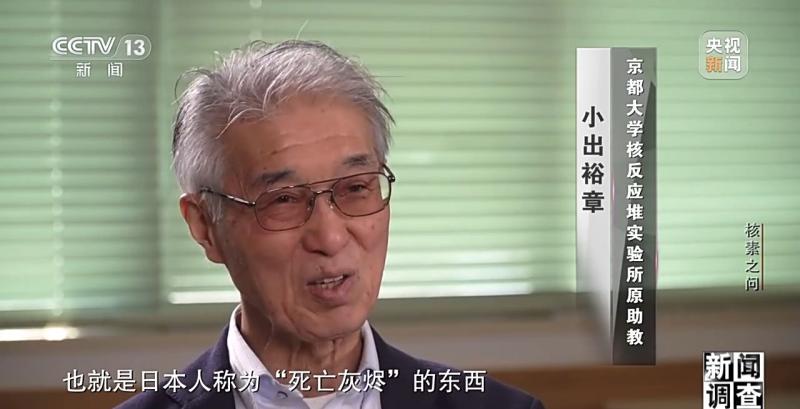
Sean Burney: It can be asserted that it is not, it is completely different. Because the Fukushima contaminated water is the water that came into contact with the meltdown nuclear fuel, which is the nuclear fuel inside the reactor. This is not normal nuclear power plant operation. It is not honest and correct for the Japanese government to simply compare the two.
One year after the catastrophic nuclear accident at the Fukushima Daiichi Nuclear Power Plant, in March 2012, Tokyo Electric Power Company determined the composition and concentration of radioactive materials contained in nuclear contaminated water for the first time. The results showed that there were as many as 64 kinds of nuclides with excessive concentration.
Xiaoguyuzhang: Of all the radioactive materials, I think the one that is most harmful to humans is a radioactive material called cesium 137. The radioactive energy released by tritium is 18.6 kiloelectron volts. In other words, it is a thousand or ten thousand times more energetic than the molecular bonds of living organisms. Of course, other radioactive materials are even more energetic. Carbon 14 is supposed to be 850 kiloelectron volts, while cesium 137, which emits gamma rays, has 661 kiloelectron volts. So I think it's fair to say that carbon 14 is more dangerous than tritium and cesium 137.
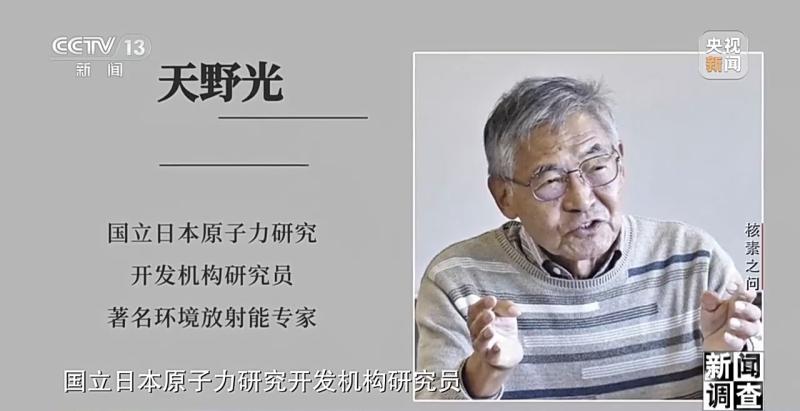
When people's attention is attracted by the large number of "cesium" and "tritium" that cannot be removed, some experts keenly pointed out that there are still some potential nuclides that have not been detected, and their harm should not be underestimated.
Sean Burney: We saw some data from Tokyo Electric Power. What we know is that at the time of the accident, the contaminated water contained 62 different types of radioactive materials, as well as carbon 14 and tritium. But they still haven't done a complete account of all the radioactive material in the tanks. In fact, only about 20 percent of the pitcher has been substantially tested.
Amano: The contaminated water is traced to nuclear fuel residue, which contains more than 1000 nuclides. It is obvious that many of these nuclear fuel residues will dissolve in water after contact with water.

Amano: There is a problem. Simple nuclides that can be determined will of course be published, but there are still many nuclides that are difficult to determine. For example, radiocarbon, iodine 129, there are some nuclides that should be measured, and I hope these nuclides can also be detected correctly.
Amano: I think that's exactly right. Originally, the No. 3 reactor at the Fukushima Daiichi nuclear power plant used so-called MOX fuel. In addition to uranium, plutonium is used as fuel.
Wang Shu-wa is a professor at the School of Radiation Medicine and Protection at Soochow University and a PhD at the Actinide Research Center at the University of Notre Dame. The State Key Laboratory led by him analyzed and studied the principle and performance of multi-nuclide removal devices from the perspective of materials science.

Wang Shu-wa: Because there are some nuclides, although their amount is very small, their specific activity and radioactivity are low, their detection is difficult, and they will be interfered by coexisting nuclides. A nuclide like neptunium 237 has a half-life of 2.17 million years and its radioactivity is very low, but at such a very low amount, its toxicity is very high.
Amano Light: There is also the element tellurium, which is as toxic as potassium cyanide, but TEPCO did not mention tellurium at all, nor did the Atomic Force Regulation Committee. There are dozens of kilograms of tellurium in the nuclear fuel residue, which I think is very dangerous.
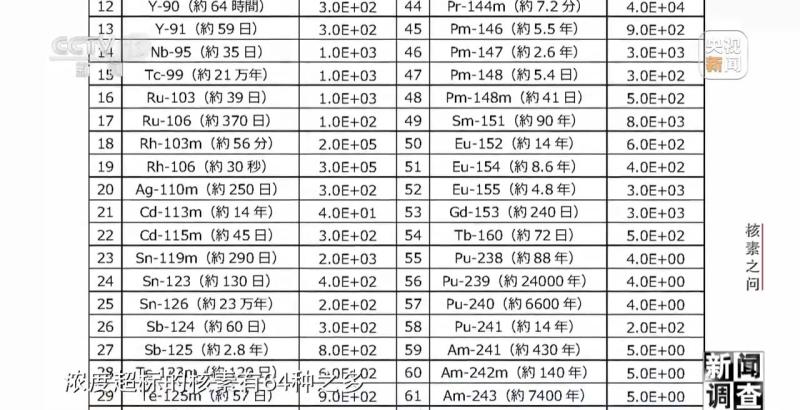
Amano: Yes, not included.
Amano: Tellurium is a stable element in a sense, but TEPCO and the Atomic Power Regulatory Commission are only focusing on radioactive elements now, and I think that's why it's not included.
Whether it is 64 kinds of nuclides or there are other nuclides that have not been tested, in short, the nuclear contaminated water in Fukushima has been seriously contaminated by a variety of radioactive materials, which is indeed an indisputable fact. Therefore, the Japanese government and Tokyo Electric Power Company decided to use a multi-nuclide removal device called "ALPS" to filter and purify nuclear contaminated water.
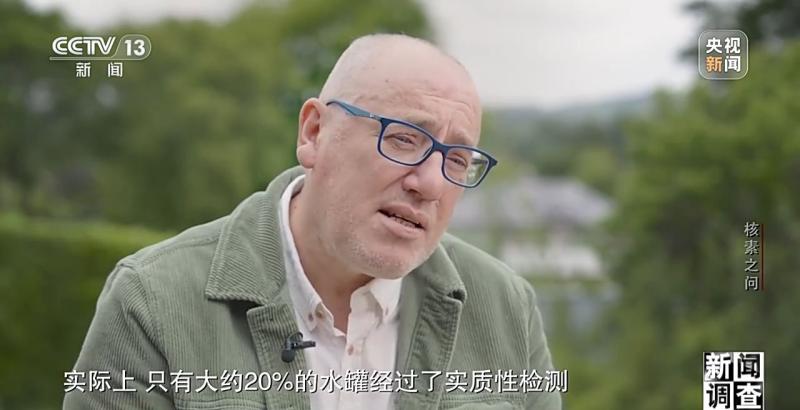
So, what is the performance and effect of the multi-nuclide removal device? To what extent can such serious radioactive pollution be removed?
Junichi Takeuchi works for the Japan Atomic Power Regulatory Commission, specializing in the aftermath of the Fukushima Daiichi nuclear power plant accident and related work.
Jun Takeuchi: The water we call contaminated water has a high concentration of radioactive substances and must not be discharged. Through treatment equipment such as multi-nuclide removal devices, the radiation level of the water is reduced to a low enough level, which will be diluted and released into the ocean in the future.

Ryotho Koyama, a professor at Fukushima University, is a member of the Japanese government's subcommittee on the treatment of multi-nuclide removal devices.
Xiaoshan Liangtai: From a very early time, in 2012 and 2013, the multi-nuclide removal device was considered, and the initial stage after the accident in 2011. But scrapping reactors takes time, so we're thinking about how to bring in machines to stabilize the cooling water.
Jun Takeuchi: The most important thing is to confirm that the radiation level of the treated water will not affect personnel and the environment outside the nuclear power plant. During our inspection, we confirmed that the radiation level was low enough, so it was approved.
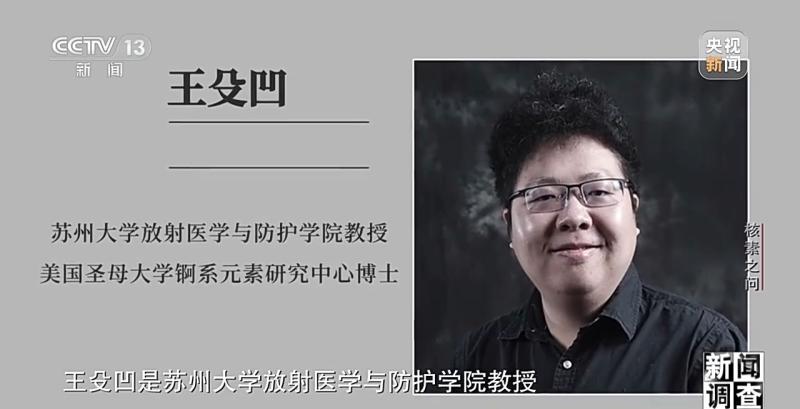
Xiaoshan Liangtai: However, when there is too much polluted water, the filter cannot be replaced. As a result, the performance of the multi-nuclide removal device is greatly reduced. Now 70% of the 1000 water storage tanks contain nuclides other than tritium.
Unfortunately, however, the multi-nuclide removal device has encountered many problems from the beginning of its operation. It was some media people who first discovered and announced that the treatment effect of the multi-nuclide removal device did not meet the standard. Hebei Xinbao, one of the main local newspapers in East Japan, has published a series of articles to pay continuous attention to the treatment of nuclear contaminated water.
Muye Longyi: Hebei Xinbao said that it exceeded the specified value more than 60 times, and I investigated it again myself. It was found that the number of exceedances was a little more than reported.
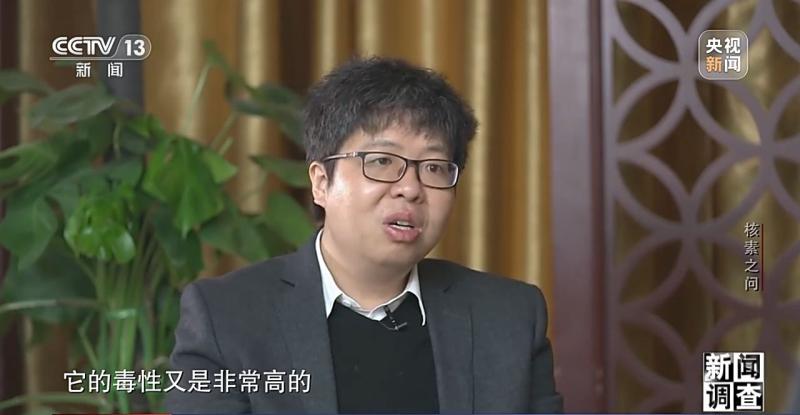
Kino Longyi: Tokyo Electric Power Company has released a lot of data. I looked for the documents one by one. There are still a large number of figures in the documents. I searched one by one to confirm the necessary data. It took about half a year or so.
Kino Ryuta, is a journalist. After the 311 earthquake, he has been focusing on the follow-up report of the Fukushima nuclear accident. He has participated in every press conference held by Tokyo Electric Power Company for 6 consecutive years, and has written three books based on this experience to expose the Japanese government to the public. And Tokyo Electric Power Company about the truth behind the nuclear pollution of water.
Ryatsuo: I think the problem is that the data is very difficult to understand. There is nothing wrong with the attitude of making a large amount of data public, but it does not mean that it is only necessary to make it public. Instead, it should make it easier for people who see the data to understand what kind of data there is, and make it easy for everyone to judge the data. This is the honest approach.
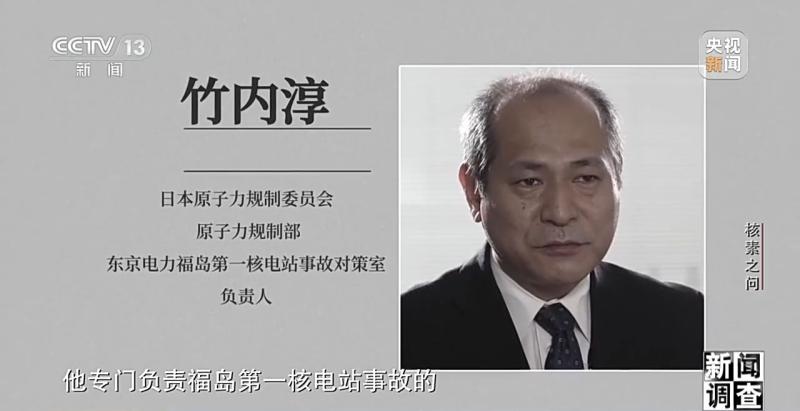
Muye Longyi: Although I don't know if there is any cover-up, at the same time, the disclosure of a large amount of data will make important data less obvious, so even if this disclosure method is considered to cover up the information, there is no way. As for exceeding the standard, TEPCO's on-site employees certainly know it, and it is impossible not to know it, because they look at the data themselves.
Under the pressure of public opinion, in 2018, Tokyo Electric Power Company disclosed to the public for the first time the treatment results of the multi-nuclide removal device as of August of that year.
Xiaoshan Liangtai: The situation was really unclear before 2018, but after that, it was announced that 70% of the 1000 storage tanks exceeded the standard, and 70% contained other nuclides other than tritium. This matter was made public, which is different from before.
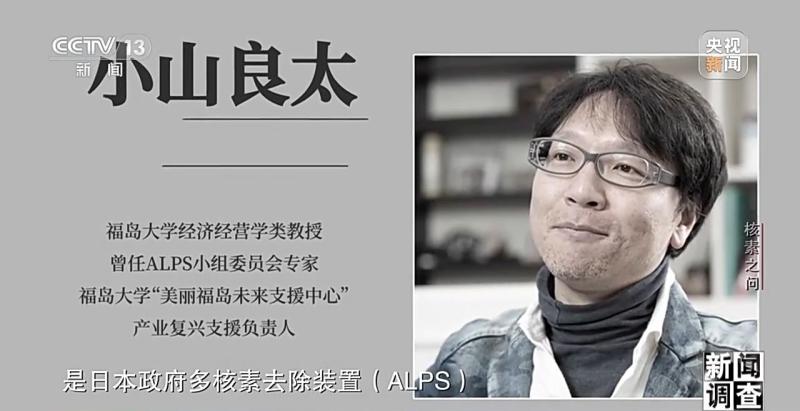
Jun Takeuchi: Yes, TEPCO announced this and we announced this. However, in daily operation, we will check whether the nuclides are fully removed, and also determine the radioactive substances contained in the treated water, and continue to check and confirm the performance of the multi-nuclide removal device.
Xiao Yu Zhang: The multi-nuclide removal device was put into use too hastily and not rigorously, so unfortunately, it cannot effectively remove radioactive materials. For example, strontium 90, a radioactive substance, is 100 times higher than the national standard and is highly contaminated.
Sean Bernie: This is a technical problem. To deal with such a large amount of water, if the operation is too fast, the filter that filters radioactive materials is likely to be blocked, resulting in reduced efficiency in removing radioactive materials.
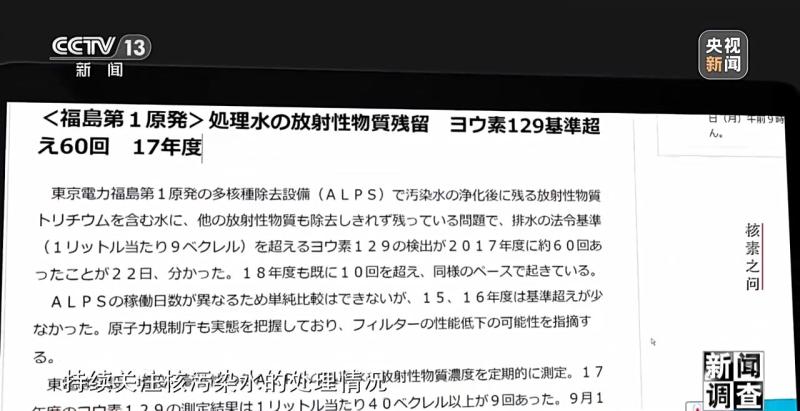
Since the so-called "70% incident", Tokyo Electric Power Company has changed the water that has passed through the multi-nuclide removal device from the original "tritium water" to "treated water" on its official website ".
Jun Takeuchi: Tokyo Electric Power Company named it "tritium water", and we did not use the word "tritium water" because this statement is misleading. Of course, water contains other elements than tritium, so our government also uses the term "treated water.
Kino Raya: I think it's a word game. There is nothing wrong with saying that it is treated water, but saying "treated water" is like saying that it does not contain any pollutants.
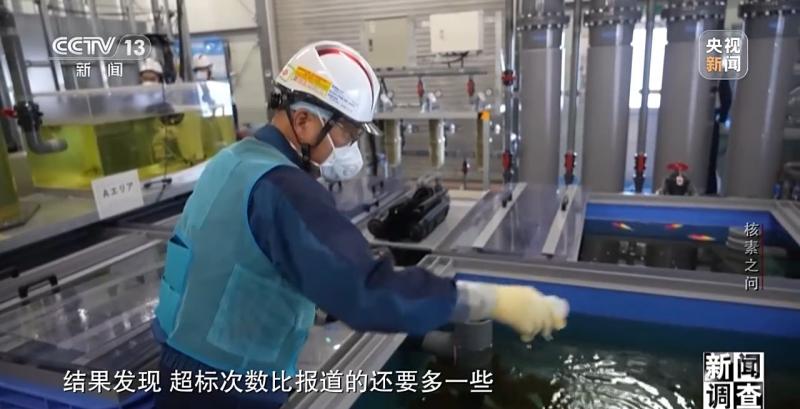
The government and Tokyo Electric Power Company are trying to deceive us with words like "treated water". This is a joke. It's downright radioactively contaminated water. If it is not radioactive water, then why does TEPCO say that the water stored in the water tank should be diluted with seawater and then discharged? If it is treated water, there is no need to dilute it.
The first round of filtering effect of the multi-nuclide removal device can be said to have ended in failure. As a result, Tokyo Electric Power Company has purchased two more processing equipment that are said to be more accurate, preparing to perform secondary treatment on the remaining 70% of the nuclear contaminated water that is not up to the standard. What is the effect of the second treatment?
Jun Takeuchi: The remaining 70% is removed by secondary treatment in a multi-nuclide removal device. Whether it is really removed or not, all nuclides will be carefully confirmed before discharge. The nuclides present in the water will be determined to check for any exceedances.

Jun Takeuchi: As far as I know, 70% of the reason is not that the multi-nuclide removal device fails to perform, but that there is a problem of failure or priority treatment. As long as the correct use method is ensured, its performance can be guaranteed. In a fault-free state, sufficient processing can be achieved.
Xiao Yu Zhang: the amount of radiation is too large. In order to deal with the polluted water, there have been many problems, such as machine failure, need to be repaired, workers are exposed to radiation, and so on. So I think it's going to be difficult.
In September 2020, Tokyo Electric Power Company began a trial of secondary treatment of 70% of the nuclear contaminated water in the water storage tank. The sample size selected for this test is 2 tanks out of 1000 tanks, totaling 2000 tons of nuclear contaminated water.
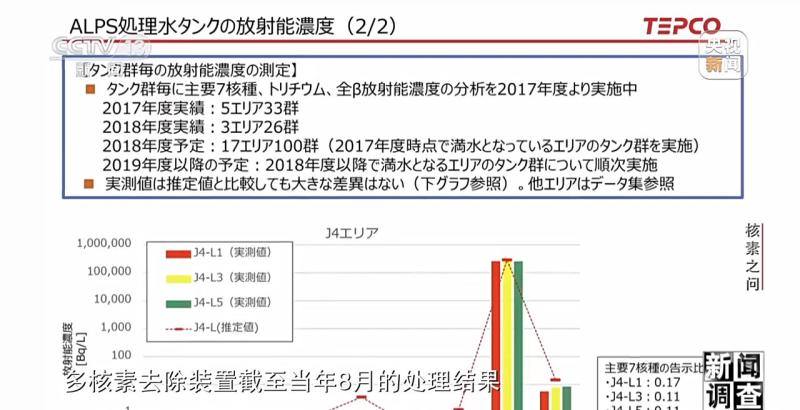
Xiao Chu Yuzhang: People are worried about whether 2000 tons is too little. I think that's really a problem. If all 1000 water storage tanks are treated twice, most people may be more acceptable. But that would be difficult to achieve in terms of technology, cost and time.
After a month of purification, in October 2020, Tokyo Electric Power Company announced the results of the secondary treatment of the 2000 tons of nuclear contaminated water, claiming that it basically met the drinking water standard. Since then, the 2000 tons of water has become a model water to show to the monitoring agencies.
Sean Burney: There were 2000 cubic meters of secondary processing, and they said it was a success. However, this is less than 0.21 per cent of the total amount of water that needs to be treated, and it may need to be treated more than once, but many times, but they did not explain, and no one from the Japanese government or the International Atomic Energy Agency explained the specific process.

Sean Burney: So the fact that emissions will be below regulatory standards doesn't mean the environment will be protected. It just means below the regulatory standards, which are the problem in themselves, and it allows radioactive materials to be released into the environment.
Amano: Japanese law is called concentration regulation. Therefore, if it is diluted below the standard emission, there will be no problem. Therefore, many pollutant emissions in Japan are based on this concentration standard, and there is no total limit.
Jun Takeuchi: We have asked if TEPCO includes carbon 14. The determination of radioactive substances has a "reduction value", which means that a certain amount can be detected. As a result, a value equal to or higher than the "reduction value" is not detected, so that the carbon 14 is not targeted for removal.
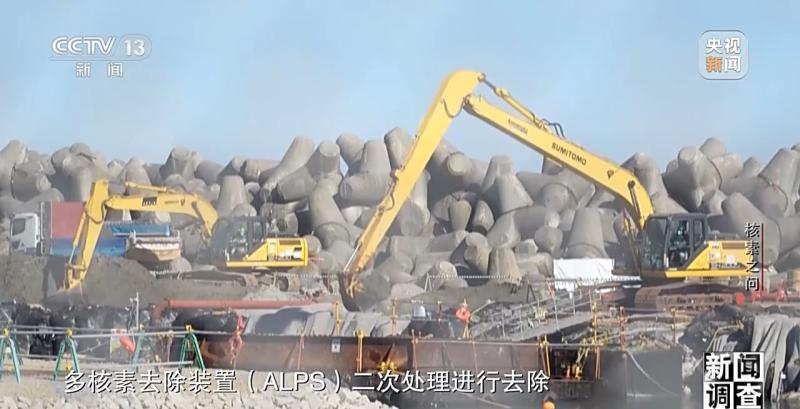
Experts pointed out that TEPCO's detection of nuclear contaminated water treatment results only contains radionuclides, while other elements that are chemically toxic to the human body are not within the detection range. This makes the test results of "treated water" even more unreliable.
Wang Shu-wa: I would like to mention in particular the nuclides of the actinide series, for which we have done a more systematic study. First, its toxicity is very high, not only its radioactive toxicity, but also its chemical toxicity. Once discharged into the ocean, its impact on the entire marine ecological security may be even greater than the few nuclides just now.
Amano: I don't agree with this view, because emissions will last for 30 years, 40 years, 50 years.




